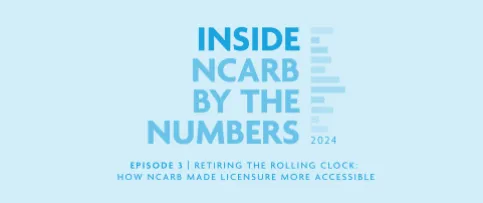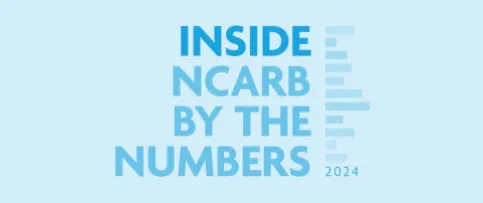When the online proctoring option and related exam updates to ARE 5.0 launched on December 14, NCARB began the process of adjusting the cut score for each division. Learn more about what a cut score is and why it matters.
What is a cut score?
Put simply, a cut score sets the minimum passing standard for exam performance. It identifies the number of items you need to answer correctly in order to receive a “Pass” on an ARE 5.0 division. Any candidate who scores at or above the cut score on a division receives a “Pass;” any candidate who scores below the cut score receives a “Fail.” Learn more about the original ARE 5.0 cut score process.
Why does the cut score matter?
Adjusting the cut score for each division based on the modified number of items, increased timing, new exam delivery tools, and navigation ensures that all candidates continue to be assessed fairly and at the same level of rigor as previous ARE 5.0 candidates. By setting an updated cut score, NCARB is making sure that you are being evaluated appropriately based on the difficulty of the exam that you’re taking.
Your exam performance in comparison to the cut score is what determines whether you receive a “Pass” or “Fail” on your score report. Cut scores are not raised or lowered to set pass rates, because the level of competency required to protect the public doesn't vary.
The cut score is not a target percentage of test-takers who should pass an ARE division, and NCARB does not adjust scores based on any sort of “curve.” The cut score is a fixed number based on the level of difficulty of all scored items on the form you take. (A “form” is the set of scored questions that make up your administration on test day.)
Adjusting the cut score for difficulty ensures all candidates who receive a passing score have demonstrated the same level of competency, which is a necessary step in guaranteeing licensing boards that you are able to protect the public’s health, safety, and welfare.
How did NCARB determine how to adjust the cut score?
Psychometricians conducted an equating exercise comparing the operational forms being launched as part of the online proctoring option to the forms of ARE 5.0 that have been used previously. Because the item bank is made up of questions used prior to December 14, the scored items being used on the new forms have reliable statistical data points from past test administrations. This allowed NCARB to properly measure and compare new performance to previous.
A general equating was done to accommodate for the overall decrease in the possible number of potential points on each form. Since the number of items (and thus points) went down, the cut score also decreased for each division. In addition, further item analysis was conducted to determine how individual items are performing in the new delivery. The final equated cut score calculation for each division considered the various changes occurring as part of the online proctoring option.
To set the cut score, NCARB used data from approximately 400 test administrations per division. Volunteer architects reviewed the psychometric analysis and exam performance of candidates and recommend a cut score for each division. The cut scores was then be reaffirmed by our psychometricians and approved by the NCARB Board of Directors before they were implemented.



